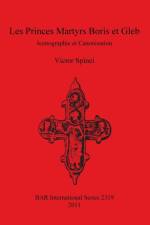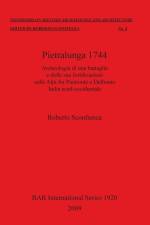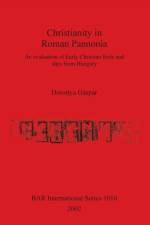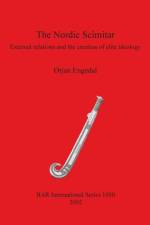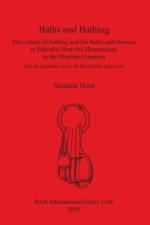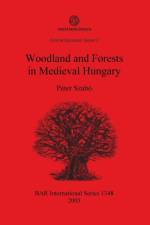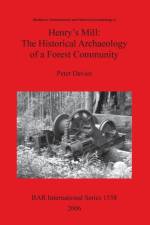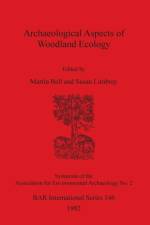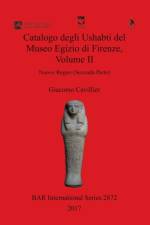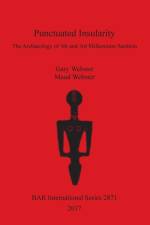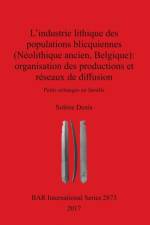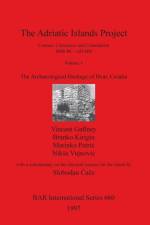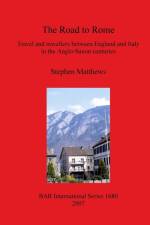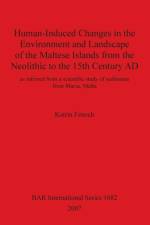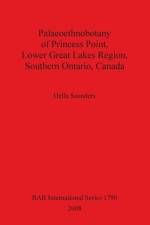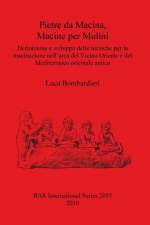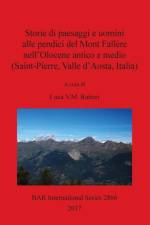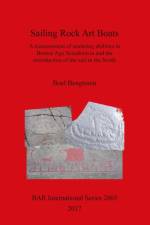- Nuovo Regno (Seconda Parte)
von Giacomo Cavillier
139,00 €
Il Museo Egizio di Firenze possiede una delle più importanti collezioni di Ushabti d'Italia e d'Europa. La collezione consta di circa ottocento ushabti, in origine afferenti a diverse collezioni: Granducale, Nizzoli, Rosellini, Ricci, Schiaparelli. Altre raccolte minori afferiscono a differenti acquisizioni effettuate tra il 19° e il 20°. Il corpus di ushabti del Museo Egizio di Firenze è databile dal Secondo Periodo Intermedio fino all'Epoca Romana. Dal 2008 il "progetto ushabti" del Centro Studi di Egittologia e Civiltà Copta "J.F.Champollion" di Genova, in collaborazione con il Museo Egizio di Firenze, ha avviato uno studio completo dei reperti e la pubblicazione di un nuovo catalogo della collezione di ushabti. Questo secondo volume del catalogo conclude lo studio dei pezzi databili al Nuovo Regno: una raccolta di 128 schede relative agli ushabti e ai loro contenitori. Il volume si compone della simbologia ed abbreviazioni, delle schede, dell'apparato fotografico e di indici e bibliografia quali utili riferimenti finali. The Egyptian Museum of Florence has one of most important Ushabti collections in Italy, and in Europe as a whole. The collection contains around eight hundred ushabtis that originally belonged to different collections: Granducale, Nizzoli, Rosellini, Ricci and Schiaparelli. Other smaller groups contain objects of various origin, collected in the 19th and 20th centuries. The ushabtis in the museum at Florence date from the end of the Second Intermediate and Roman Period. Since the 'Ushabti Project' was started in 2008, the 'J.F. Champollion' Centre for Egyptology and Coptic Civilization Studies of Genoa, in cooperation with the Egyptian Museum of Florence, has been involved in a complete study and scientific publication of a new catalogue presenting the Ushabti collection. The catalogue is divided into several volumes, providing a complete documentation of the Florence ushabti collection. This second volume of the catalogue concludes the study of artefacts dating to the New Kingdom: a collection of 128 records pertaining to funerary statues and their boxes. The volume contains the abbreviations and textual codes, the records, a photographic section, a useful index and a bibliography. Catalogo degli Ushabti del Museo Egizio di Firenze, Volume I: II Periodo Intermedio - Nuovo Regno (Prima Parte) contains a general introduction about the history of the collection, the abbreviations and textual codes, the records, a photographic section, an index and a bibliography (BAR Publishing, S2828, 9781407314884, 2016).

